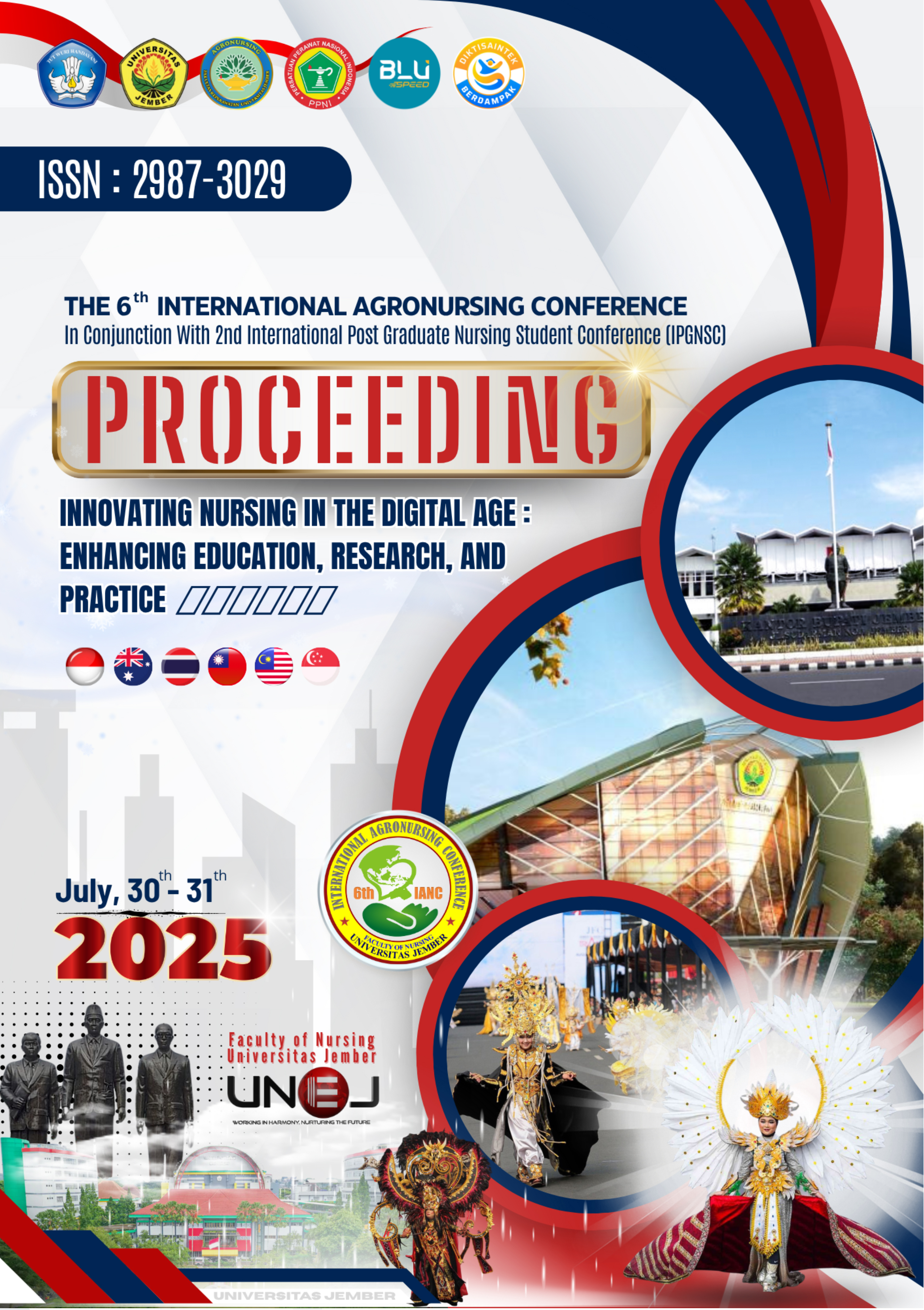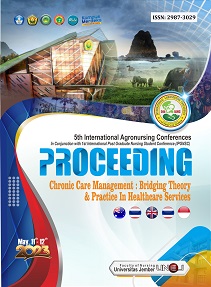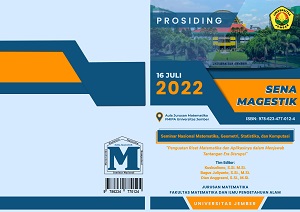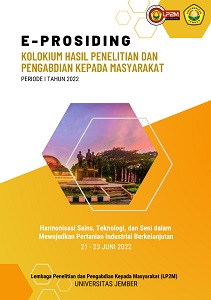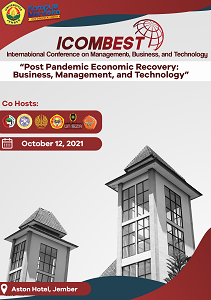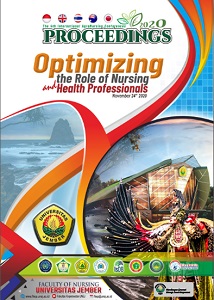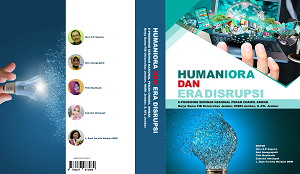EDUCATIONAL METHODS FOR FAMILIES IN PREPARING FOR STROKE PATIENT DISCHARGE: A SCOPING REVIEW
Abstract
Introduction: The discharge of stroke patients to their homes often presents significant challenges for families, who must be physically and mentally prepared to provide ongoing care. Family readiness plays a critical role in the patient’s recovery process and in preventing further complications. Therefore, family education is a crucial element in the continuum of stroke patient care. This article aims to identify the educational methods used to prepare families, analyze their advantages and disadvantages, and provide recommendations for best practices. Methodology:This study employs a scoping review approach to explore and analyze various educational methods. Literature was sourced from PubMed, ScienceDirect, Google Scholar, and ProQuest databases, covering publications from January 2020 to February 2025. Out of 1,520 identified articles, 21 were selected based on strict inclusion and exclusion criteria. The analysis was conducted using the Joanna Briggs Institute (JBI) Scoping Review framework. Results:The review identified four main categories of educational methods: participatory learning, simulation, technology-based education, and community-based strategies. Participatory learning enhances active family engagement; simulation offers practical experience and reduces anxiety; technology-based education broadens information accessibility; and community-based approaches strengthen social support networks. However, several challenges were noted, including limited access to technology, time constraints, and difficulties in tailoring educational content to the specific needs of each family. Conclusion:Educational methods that actively involve families, such as participatory learning and simulation, have proven effective in enhancing family preparedness for stroke care. It is strongly recommended to integrate various flexible and personalized approaches and to develop accessible and culturally adaptive educational technologies to improve the effectiveness of family education programs across diverse healthcare settings.

